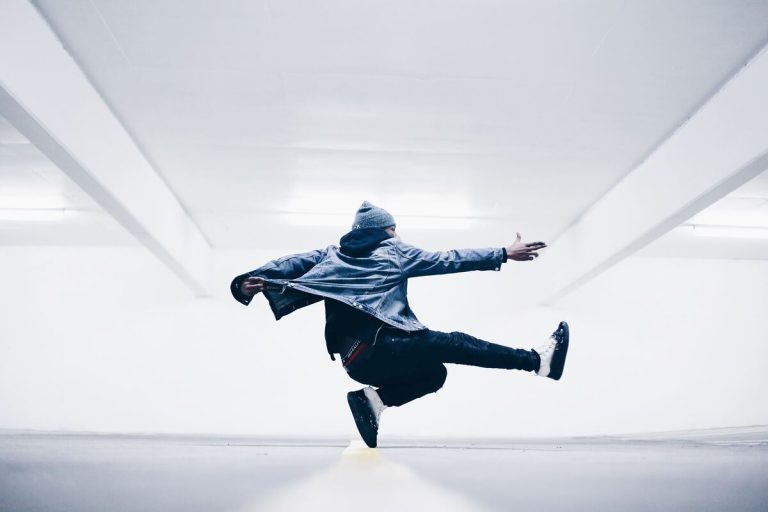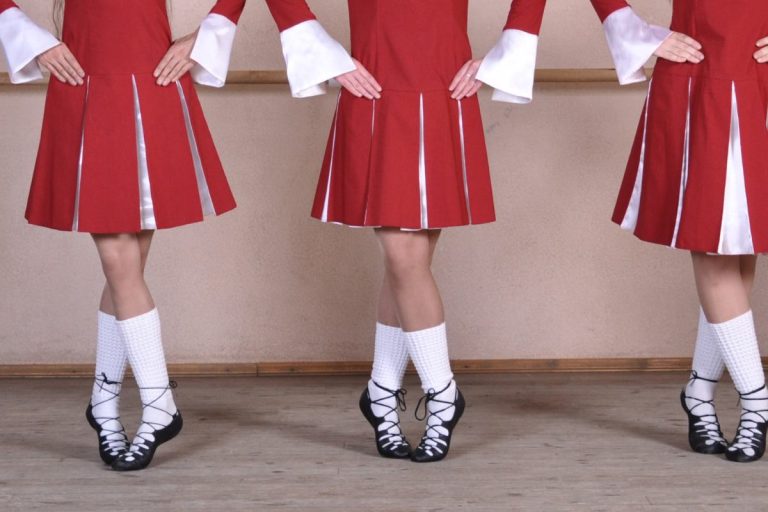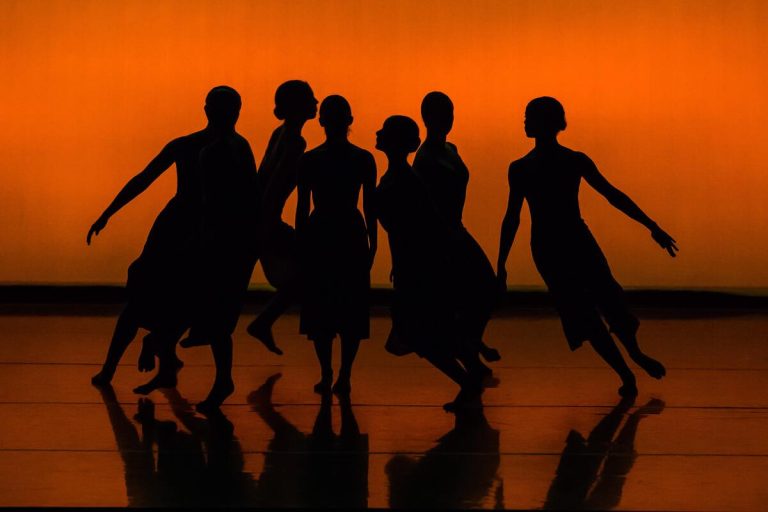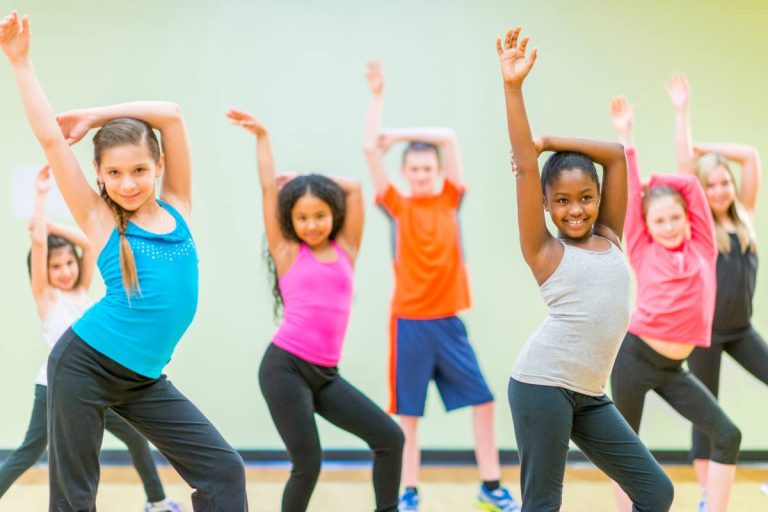Today, the term “contemporary” describes a wide range of items. In the field of art, the phrase is used to characterize art produced in the present. When it comes to dance, the term “Contemporary” refers to a type of dance that only recently arose and is still being developed today.
A form of expressive dance known as “contemporary dance” includes modern and classical dance aspects. It can be played without music as well as occasionally to music.
Although many techniques are utilized in contemporary dance, floor work, contact improvisation, release technique, and improvisation are some of the most popular.
In modern dance, the technique of floor work is frequently employed. While doing this, dancers move about on the floor, using their bodies to explore the surrounding area.
Another technique that is frequently employed in modern dance is contact improvisation. Dancers move and touch one another while creating unique patterns and shapes with their bodies.
The release technique is a method for producing fluid motions. It entails dancers releasing tension from their bodies through fluid, flowing movements.
Another method that is frequently employed in modern dance is improvisation. It entails dancers improvising movements spontaneously, without prior planning or rehearsal.
These are some of the most often used contemporary dance methods, while many others exist.
Contemporary dance is a form that constantly changes as new movements and methods are discovered. It is a genuinely modern dance form, which makes it so fascinating.
Contemporary Dance’s Origins and History
Modern dance and classical ballet are incorporated into the expressive dance form known as contemporary dance. It focuses on beautiful lines, flowing movement, and a naturalistic approach to performance.
Early in the 20th century, a group of dancers and choreographers in Europe started experimenting with novel moves and methods, and this is when contemporary dance originally developed as a distinct genre. These pioneers were influenced by a variety of things, including as popular culture, traditional folk dances, and the works of modern visual artists.
Since then, contemporary dance has developed into a highly diverse and dynamic discipline, with practitioners worldwide creating distinctive methods. Modern dancers and choreographers are allowed to explore and experiment to create new works that push the limits of what is possible; there is no one “right” method to perform contemporary dance in the modern day.
There are many materials online and in libraries that you may use to learn more about contemporary dance. Additionally, look into nearby dancing studios and schools, which frequently provide classes and workshops for dancers of all skill levels.
Influences of contemporary dance technique
Contemporary dancers must understand the various methods that have shaped the genre’s growth.
The following are the top modern dance movements:
Cunningham Approach
Merce Cunningham, an American dancer and choreographer, created the Cunningham Technique, a method of movement. It is distinguished by its use of off-balance and asymmetrical movement and is based on the utilization of breath and weight. There are times when Cunningham dancers appear to defy gravity, and their actions are frequently called “liquid.”
Graham Method
The American dancer and choreographer Martha Graham created the Graham Technique, a method of movement. It is distinguished by its use of circular and spiral motion and is based on the use of contraction and release. Graham dancers frequently have an earthy, grounded appearance, and their movements are commonly called “earthy.”
Limón Approach
José Limón, an American dancer and choreographer, created the Limón Technique, a method of movement. Its foundation is the use of fall and recovery, distinguished by the use of weighted and off-center action. The motions of Limón dancers are sometimes characterized as “weighty,” and they frequently appear to be in a state of flux.
Each of these methods has had a significant influence on the growth of contemporary dance. It is crucial for dancers to be aware of the various techniques that have shaped the genre and to be able to use them as needed.
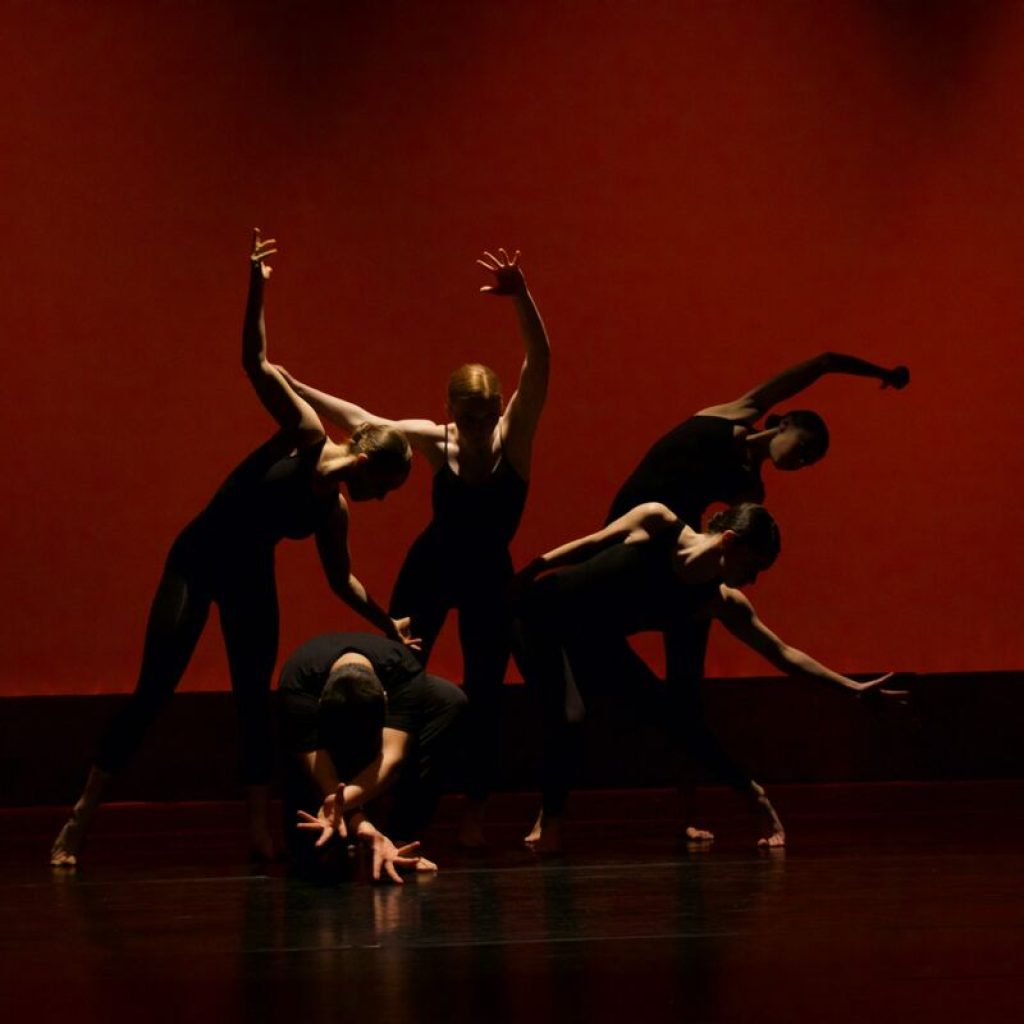
Styles of contemporary dance technique
It might be challenging to keep up with the many modern dance methods because there are so many of them. Four of the most prominent contemporary dance technique approaches will be examined in further detail in this blog article so that you can learn more about what they entail.
Release Method
A contemporary dance style, the release technique, emphasizes breath and relaxation to produce fluid movement. This technique is frequently employed in improvisational dance because it lets dancers let go of their preconceived movement concepts and go with the flow.
Floorwork
A contemporary dance technique, “floorwork,” incorporates the floor into the choreography. This method, which frequently combines acrobatic aspects, enables the creation of dynamic and distinctive movement phrases.
Improvisation in contact
A modern dance style known as “contact improvisation” emphasizes using touch and physical contact to generate movement. This method, which can be applied to soft and dynamic movement phrases, is frequently used in partner exercises.
Limón Approach
Jose Limon invented the Limón technique in the 1940s, a modern dance technique. This method is defined by its use of floor work and partner work and is founded on weight, fall, and recovery principles.
Learning Contemporary Dance Forms
Various contemporary dance methods can be applied to produce stunning and impactful performances. Here are the top modern dance techniques currently being used by dancers:
The release method is a modern dance style that emphasizes letting the body flow spontaneously and freely. This approach is frequently employed in improvisational dance because it enables dancers to experiment with their movement and inventiveness.
Floorwork is a contemporary dance technique that uses the floor to create dramatic movement phrases. This method is frequently applied to make illusionary effects or a sense of weightlessness.
A contemporary dance method known as “partner work” entails two or more dancers collaborating to construct a dance phrase. This method is frequently employed to forge a sense of cohesion and investigate movement dynamics.
Body isolations are a contemporary dance technique in which different body parts are isolated to produce intriguing movement phrases. This method is frequently utilized to give a dance a sense of flow and to add style.
A contemporary dance technique, spatial awareness, entails being aware of your surroundings and how your body moves through space. This method is frequently applied to generate awareness and exciting movement phrases.


